Written by Lily Haines, Communications Director, Perry Institute for Marine Science
After years of painstaking research encompassing drones, satellite-based surveys and in-water surveillance from hundreds of different sites, we’re proud to announce the release of the Mangrove Report Card for The Bahamas! This landmark report is a first of its kind assessment on the health of The Bahamas’ incredibly valuable yet often under-appreciated mangrove ecosystems.
So much more than swampy wastelands, Bahamian mangroves are economic and ecological superheroes. They protect homes and infrastructure from tropical storms. They support tremendous biodiversity above and below the water. They fight against climate change by sequestering massive amounts of carbon dioxide. And they provide nursery grounds for this country’s most sought after fishery species, including snappers and groupers.
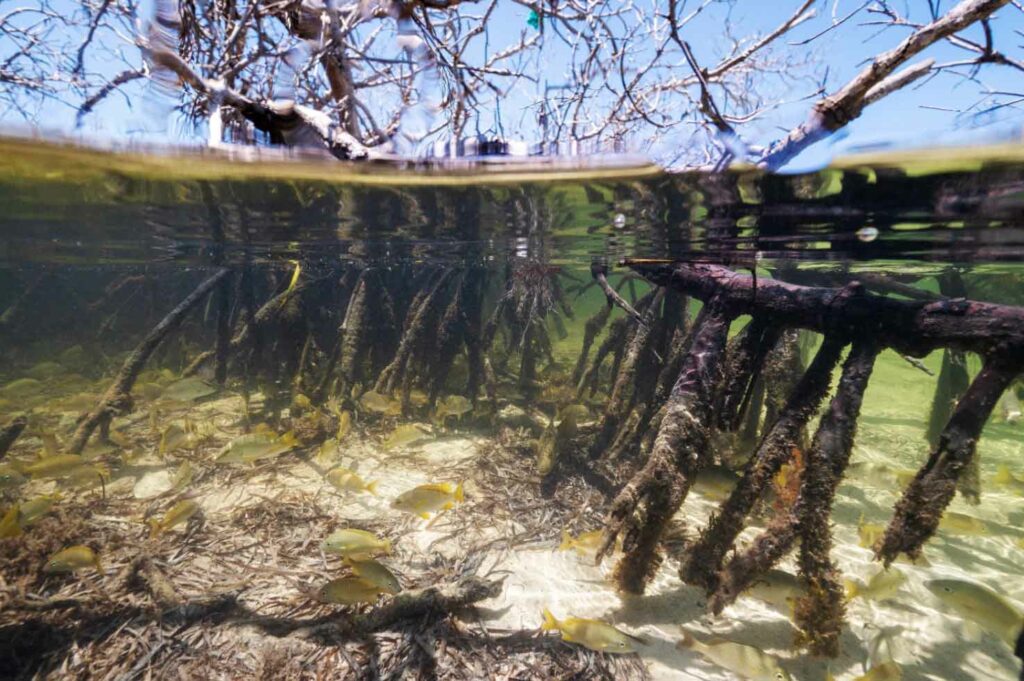
On the whole, this research shows mangroves are stable and fairly healthy throughout The Bahamas. This is excellent news!
And yet, mangroves have taken a heavy beating in places hard-struck by major hurricanes. For example, Hurricane Dorian had a tremendous impact on the mangroves of Grand Bahama and Abaco. The former lost 22% of its mangroves (nearly 14,000 acres) and the latter lost 14% (nearly 5,500 acres) to the deadly storm. In these areas, restoration is paramount to jump-start mangrove recovery and preserve their intrinsic and extrinsic value to the people of The Bahamas.
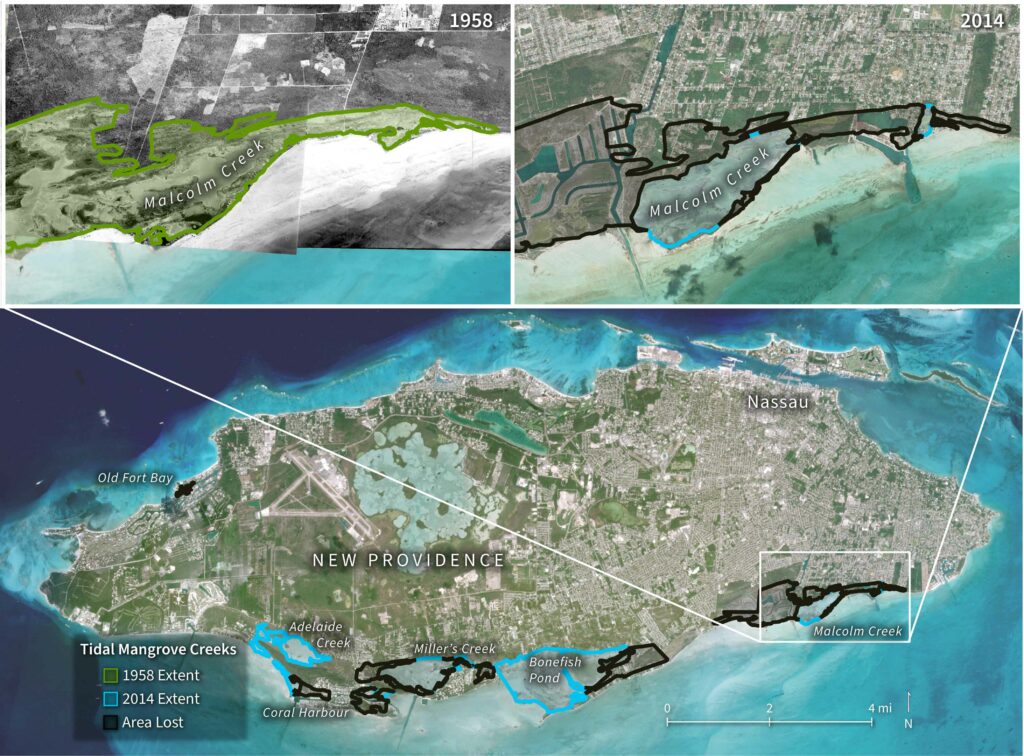
The Blue Project Foundation is a proud contributor to the making of this historic report card; we financed the field work and data collection for the entire west side of Andros! We’d also like to thank the Perry Institute for putting this critical and timely report together, as well as their partners at The Nature Conservancy, Bahamas National Trust, Bonefish & Tarpon Trust and Waterkeepers Bahamas for backing this enormous and crucial research undertaking.
This is a project of the Atlantis Blue Project Foundation.
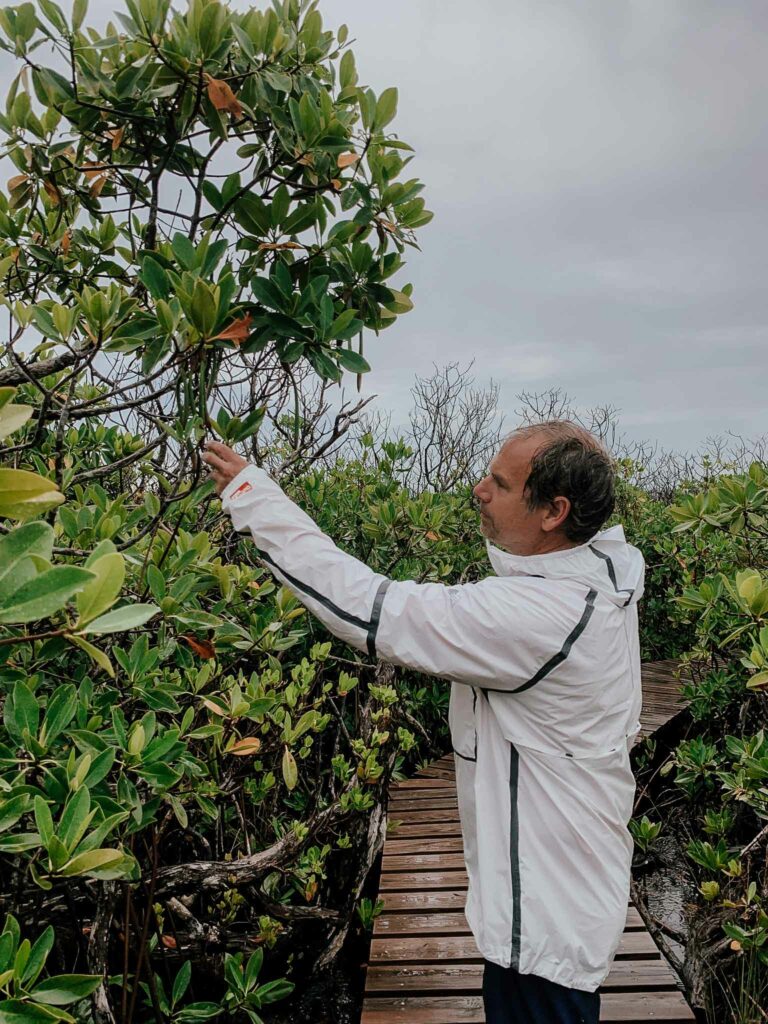
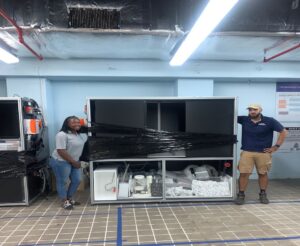
Bahamas Coral Gene Bank Equipment Arrives at Atlantis Resort
We are thrilled to announce that The Bahamas Coral Gene Bank at Atlantis, Paradise Island has received two 40-foot containers packed with essential lab equipment
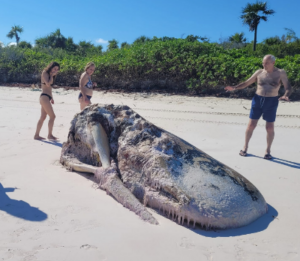
Marine Mammal Mysteries: Stranding Response Efforts in The Bahamas
Recent Strandings in The Bahamas Sperm Whale, Eleuthera, December 2023 In December 2023, the head of a sperm whale washed ashore at Lighthouse Point in Eleuthera.

Reef Rescue Network: Growing Stronger
The Atlantis Blue Project Foundation is thrilled to share inspiring news from the frontlines of marine conservation. The Reef Rescue Network’s “Coral is Calling” campaign,
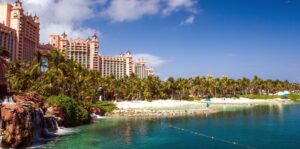
Coral Is Calling: A New Wave of Marine Conservation and Sustainable Tourism in The Bahamas
We are thrilled to announce the launch of the “Coral is Calling” campaign, a pioneering nation-wide initiative aimed at bolstering coral reef restoration and sustainable
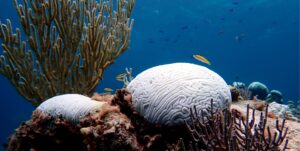
2023 Bleaching Crisis in The Bahamas
The breathtaking coral reefs of The Bahamas, renowned around the world for their vibrancy and diverse marine life, are under serious and immediate threat as
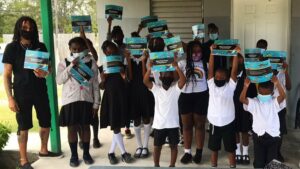
Saving The Blue: Studying the Critically Endangered Smalltooth Sawfish
Hello, fellow marine enthusiasts, Scientist and Conservationists! My name is Khrys Carroll, and I am from Central Andros, The Bahamas. I am a marine scientist

